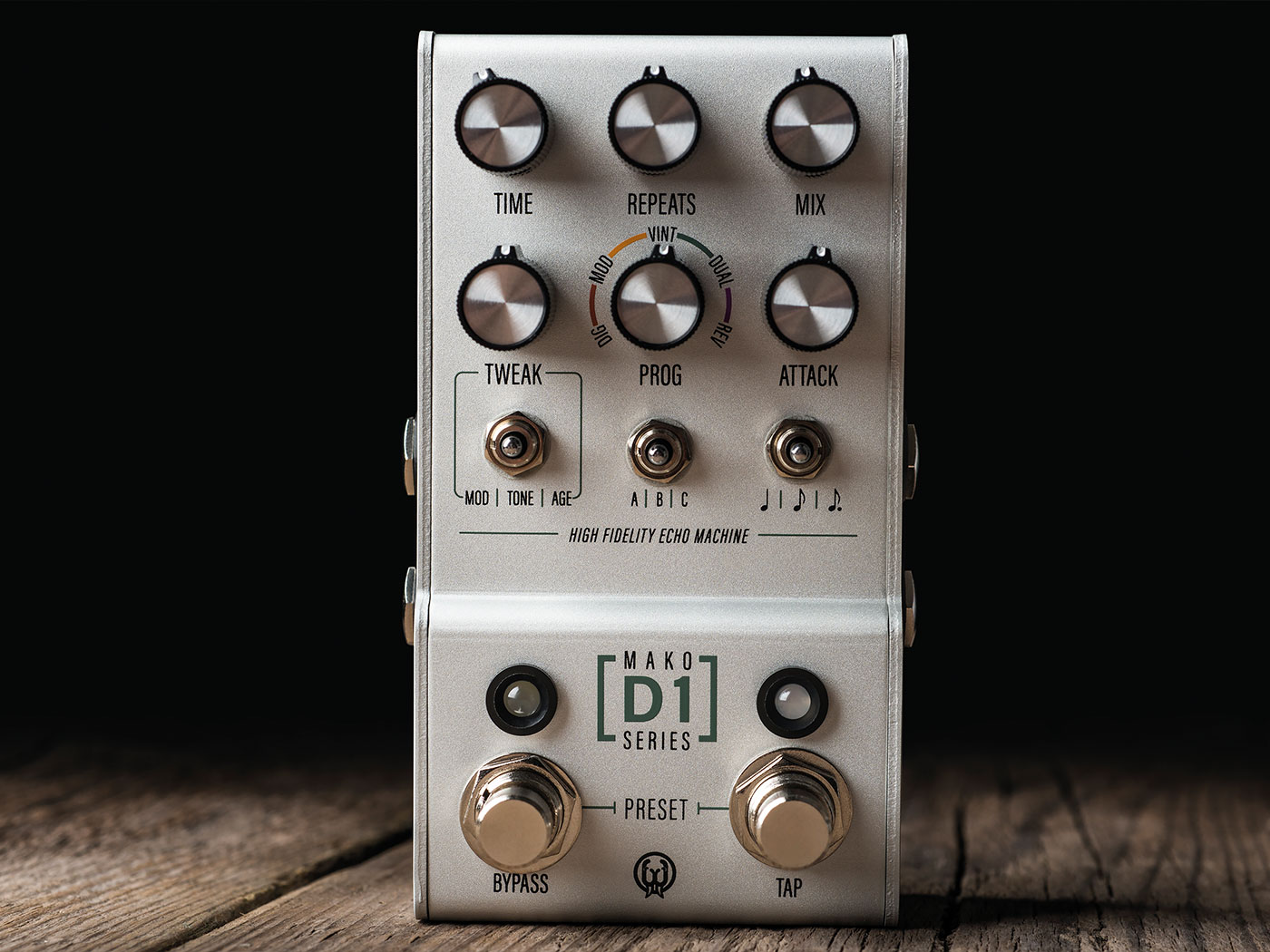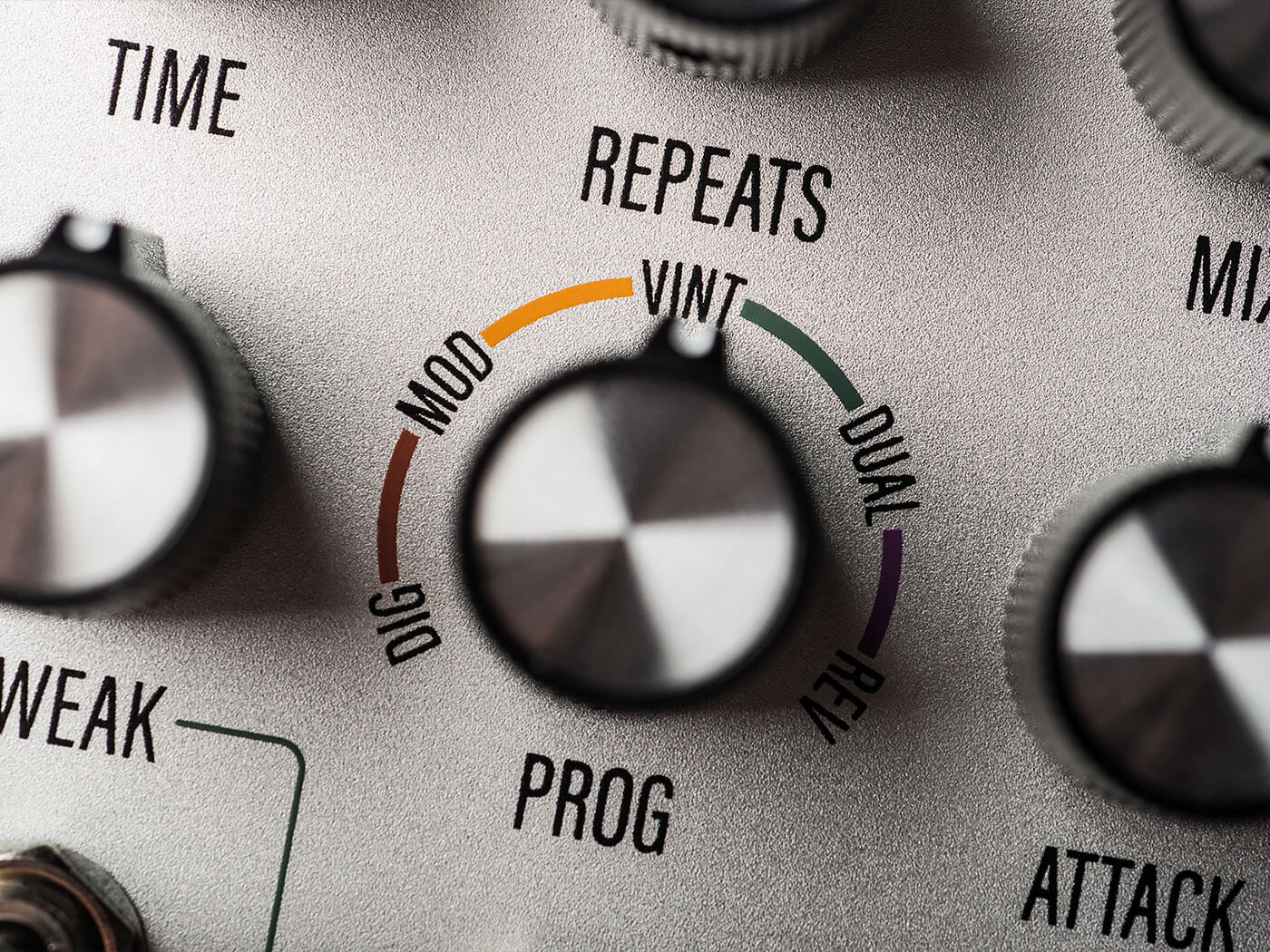Related Tags
“It’s nice to have a space to rest the big ideas that we have”: Colt Westbrook on Walrus Audio’s game-changing new Mako Series
The Walrus Audio head honcho on the new high-end Mako Series and the paradigm shift it will offer the boutique brand.

Image: Walrus Audio
Walrus Audio has spent the better part of a decade marking itself out as one of the biggest and most innovative names in boutique effects. NAMM 2020 saw the Oklahoman brand take a bold step forward with the D1, the first pedal in its new Mako range. Beginning with the superb D1 stereo delay, the Mako range embraces high-power DSP to produce studio-quality effects, complete with all the MIDI and connectivity based advantages you’d expect from a high-end effects processor.
We caught up with company president Colt Westbrook to find out more about the Mako range, what inspired it and what it means for the future of the brand.
The Mako series is a different vibe for Walrus. What made you want to go down this more ‘high power’ road?
“Our development schedule is largely driven by what we personally want to play and use. We wanted something in the vein of what the Mako D1 is today, so we made it.”
What made you want to split the Mako pedals into their own range?
“We still have so many ideas for the original Walrus line. Buckets of names, stories, effects and more. We want to keep this side of Walrus going while opening up another door that’s been closed with ideas behind it for a long time. Opening the Mako Series door gives us another place to pour ideas that wouldn’t fit in the original series.”

In terms of visuals and nomenclature, it’s a different vibe too.
“We went with the letter/number nomenclature to set it apart from the stoic naming culture of the Walrus original line. I don’t think shooting for another type of buyer is the goal but for the branding and identity of the Mako series it makes a lot of sense.”
What does the power of a Sharc DSP processor in a compact pedal offer you as a designer?
“It brings a truck-load of possibilities in a small footprint. Sharc lifts the ceiling on ideas for us and the small footprint makes it easy to slide on boards all over the world. We develop every product alongside some of our artists and the resounding theme from giggers and travellers is ‘more power in less space’.”
It must have been a challenge to squeeze everything in.
“If you only knew. [Laughs] Yes.”
The D1 is the first pedal from Walrus that has MIDI and true stereo out. How important was it that you included those features in the Mako range?
“It was make or break for us. MIDI, stereo and presets, these are all features that bring a hard yes or hard no from some guitarists when it comes to finding the right pedal. We wanted it to be a yes from as many players as possible. If you need it, it’s there. If you don’t, the pedal should still be a marvellous addition to your rig without the deluxe features.”

How does the extra DSP inside set the D1 apart from previous Walrus delays?
“The Bellwether had its own charm, the Arp 87 brings four delay programs that we are passionate about. The D1 brings five programs with eight parameters to tweak. Like I said before, stereo, MIDI and presets make it something worth giving real estate to on your board.”
What’s next for the Mako Series?
“You tell me. It is indeed the Mako Series so you can expect more from this project. Where it will end up? No idea. But it’s nice to have a space to rest the big ideas that we have.”
For more information visit walrusaudio.com.
